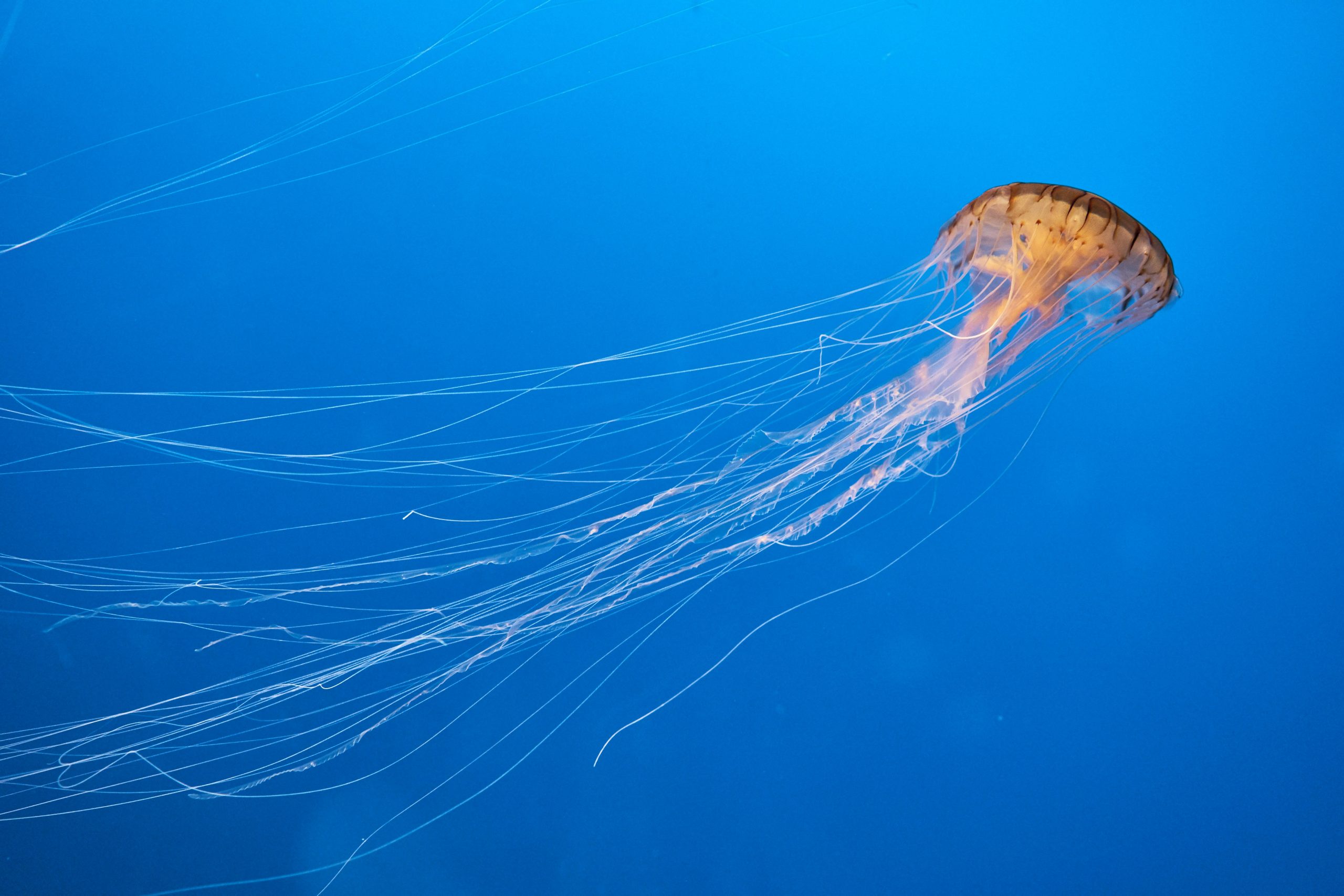Table of Contents
![]()
Maintaining a cold-water aquarium can be a rewarding and fulfilling hobby. Unlike tropical or marine aquariums, cold-water tanks host species that thrive at lower temperatures, making them somewhat easier to manage in terms of heating and overall energy consumption. This guide will walk you through the essentials of setting up, maintaining, and caring for a cold-water aquarium, ensuring a healthy and thriving aquatic environment.
Introduction to Cold-Water Aquariums
Cold-water aquariums are designed for fish that prefer cooler water temperatures, typically between 50-70°F (10-21°C). Common inhabitants include species such as goldfish, koi, and certain types of minnows. These aquariums can range from small desktop tanks to large outdoor ponds, each requiring specific care and attention. Proper maintenance is crucial for the health of your aquatic pets and the balance of the tank’s ecosystem.
Setting Up Your Cold-Water Aquarium
Choosing the Right Aquarium
The size of your aquarium will depend on the species of fish you plan to keep and the space you have available. A larger tank provides a more stable environment and more space for your fish to swim. Glass and acrylic are the two primary materials used for aquariums, with glass being more scratch-resistant but heavier, and acrylic being lighter but prone to scratches.
Essential Equipment
- Filter: A good filter is crucial for maintaining water quality. Common types include hang-on-back filters, canister filters, and sponge filters. Ensure the filter’s capacity matches the size of your tank, and clean or replace filter media regularly to prevent clogging and maintain efficient filtration.
- Heater: While cold-water fish generally don’t require heaters, having one can be useful for slight temperature adjustments. Choose a heater with a thermostat to maintain a stable temperature, especially in fluctuating room temperatures.
- Lighting: Proper lighting is important for the health of your fish and plants. LED lights are energy-efficient and offer adjustable intensity, while fluorescent lights are a more traditional option. Aim for a lighting duration of 10-12 hours per day to mimic natural daylight.
- Substrate: The choice between gravel and sand depends on the species you keep. Gravel is easier to clean and suitable for most cold-water fish, while sand is preferred for species that sift through the substrate. Regularly clean the substrate to prevent waste accumulation.
- Decorations and Plants: Choose decorations and plants that are safe and appropriate for cold-water environments. Live plants can help maintain water quality and provide hiding places for fish, while plastic decorations should have no sharp edges that could harm the fish.
Water Quality Management
Water Parameters
- Temperature: Cold-water fish thrive in temperatures ranging from 50-70°F (10-21°C). Use a reliable thermometer to monitor water temperature, and adjust as necessary with a heater or by regulating room temperature.
- pH Levels: Maintain a stable pH that suits your fish species. Most cold-water fish prefer a pH range of 6.5-7.5. Use a pH test kit to monitor levels and make adjustments with pH buffers if necessary.
- Hardness: Water hardness, measured as GH (General Hardness) and KH (Carbonate Hardness), affects fish health and plant growth. Test kits can help you maintain appropriate hardness levels, which are generally moderate for cold-water fish.
- Ammonia, Nitrite, and Nitrate Levels: High levels of ammonia and nitrite are harmful to fish, while nitrate should be kept at lower levels. Regularly test these parameters and perform water changes as needed to keep them within safe ranges.
Water Changes
Regular water changes are essential to remove toxins and maintain water quality. Perform partial water changes (10-20% of the tank volume) weekly or bi-weekly, using a gravel vacuum to clean the substrate. Ensure that the new water matches the temperature and parameters of the tank water.
Filtration Maintenance
Clean the filter regularly to prevent clogging and maintain its efficiency. Replace filter media according to the manufacturer’s recommendations, and check for any wear or damage to the filter components.
Feeding and Nutrition
Types of Food
Cold-water fish can be fed a variety of foods, including flake food, pellets, and occasional live or frozen treats like worms and daphnia. Choose a high-quality food that meets the nutritional needs of your specific fish species.
Feeding Schedule
Feed your fish once or twice a day, offering only what they can consume in a few minutes. Overfeeding can lead to water quality issues and health problems, so monitor their feeding habits and adjust accordingly.
Avoiding Overfeeding
Overfeeding can cause excessive waste and water pollution. Watch for signs such as uneaten food sinking to the bottom and adjust the amount of food you offer. A well-balanced diet is key to maintaining a healthy aquarium.
Health and Disease Management
Common Cold-Water Fish Diseases
- Ich: Characterized by white spots on the skin, gills, and fins, ich is a common parasitic infection. Treatment usually involves raising the water temperature slightly and using anti-parasitic medications.
- Fin Rot: This bacterial infection causes the fins to fray and deteriorate. Improve water quality and use antibacterial treatments to address fin rot.
- Dropsy: A condition marked by swelling of the fish’s body, often caused by internal infections or poor water quality. Treatment may include antibiotics and improved water conditions.
Signs of Illness
Monitor your fish for changes in behavior, such as lethargy or loss of appetite, and physical symptoms like discoloration or unusual spots. Early detection and prompt action are crucial for effective treatment.
Treatment Options
Use appropriate medications for diagnosed diseases, and consider isolating sick fish in a quarantine tank to prevent the spread of illness. Regular water quality checks and maintaining a clean tank environment can help prevent disease outbreaks.
Regular Maintenance and Monitoring
Daily Tasks
Observe your fish daily for any signs of distress or unusual behavior. Check equipment to ensure it’s functioning correctly and that water levels are stable.
Weekly Tasks
Test water parameters such as ammonia, nitrite, nitrate, and pH levels. Perform partial water changes and clean the substrate and decorations as needed.
Monthly Tasks
Deep clean the filter to remove accumulated debris and check equipment calibration. Regular maintenance helps ensure a stable and healthy aquarium environment.
Seasonal Considerations
Temperature Fluctuations
Prepare for temperature changes by monitoring and adjusting the tank environment as needed. In winter, ensure the tank remains within the ideal temperature range, and in summer, use fans or water chillers if necessary.
Outdoor Cold-Water Aquariums
For outdoor ponds or large tanks, winterize the setup by adding a pond heater or de-icer to prevent freezing. Manage algae growth and debris with regular maintenance and ensure the pond is equipped with a proper filtration system.
Tips for Success
Researching Fish Species
Before adding new fish, research their specific care requirements and compatibility with existing tank inhabitants. This helps prevent conflicts and ensures all species thrive.
Joining Aquarium Communities
Engage with online forums and local aquarium clubs for support and advice. Sharing experiences and learning from others can enhance your aquarium-keeping skills.
Conclusion
Caring for a cold-water aquarium involves understanding and managing various aspects of tank setup, water quality, feeding, and health. By following these guidelines and staying attentive to your fish’s needs, you can create a thriving aquatic environment that provides enjoyment and satisfaction. Continual learning and engagement with the aquarium community will further enhance your success as an aquarist.
Share This





Be the first to comment